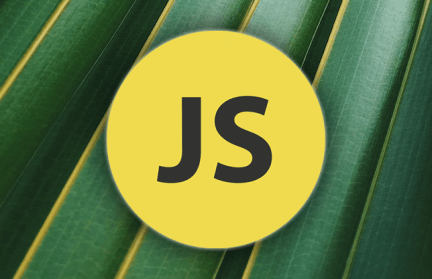
Learn how you can use Next.js in a pre-existing React application to add server-side rendering to your project.

This guide explains how to create and use modules in JavaScript applications using the module systems available in the JavaScript ecosystem.

Evaluate the top frameworks available for building mobile applications with Vue.js and compare the strengths and weaknesses of each.

Learn about Gridsome, a Jamstack framework for Vue.js. This SSG has all the speed and efficiency you need to build modern, efficient websites and apps.

Explore the five ECMAScript feature proposals currently under final approval and discover how they can improve your JavaScript application.

By following these techniques, you can drastically reduce layout shifts in Next.js apps, which help maintain good SEO and UX.

Learn what’s new in the latest version of Relay right here, where we explore v11 and how to create reliable React and GraphQL applications.

Valtio is simple, powerful, and combines the power of proxies in React and JavaScript, making state data easy to be used and changed.

Learn to create and style ListViews for mobile and desktop apps using Flutter, a flexible and easy-to-use UI.

Switch from PHP to JavaScript for improved performance, flexibility, and application compatibility that will make coding both frontend and backend projects easier.

Curious what new features come with Gatsby 3.0? This overview covers all the changes you’ll need to know about moving forward.

What’s new in Flutter 2.0? Get the latest updates, learn about new features and functionalities, and see what’s next for Flutter.